Analog and Mixed-Signal Modeling Using the VHDL-AMS Language
Tutorial Organization
Part I: Introduction to the VHDL-AMS Language
Introduction
What is VHDL-AMS
Why is VHDL-AMS needed?
Brief Overview of VHDL-AMS
VHDL 1076 Overview
VHDL-AMS Language Architecture
VHDL-AMS Highlights (1)
VHDL-AMS Highlights (2)
Basic Concepts: DAEs
Vibration in biatomic molecule
Quantities (1)
Quantities (2)
Simultaneous Statements (1)
Simultaneous Statements (2)
Tolerances (1)
Tolerances (2)
Tolerances (3)
Systems with Conservation Semantics
Parameterized Diode
VHDL-AMS Model of Diode
Terminal
Nature
Electrical Systems Environment
Branch Quantities (1)
Branch Quantities (2)
Terminal Attributes
Mixed Technology
Diode with Self Heating
VHDL-AMS Model Environment
VHDL-AMS Entity Declaration
VHDL-AMS Architecture Body
Test Bench
Basic Thermal Elements
Piecewise Defined Behavior
Compressor
Piecewise Defined Behavior (2)
Voltage Limiter
Procedural Modeling
Weighted Summer
VHDL-AMS Entity Declaration
VHDL-AMS Architecture Body (1)
VHDL-AMS Architecture Body (2)
VHDL-AMS Architecture Body Revisited
Signal-Flow Modeling
Adder-Integrator
Signal Flow Modeling (2)
Signal Flow Test Bench
Conversion
Solvability
Solvability Checks (1)
Solvability Checks (2)
Initial Conditions
Initial Conditions (1)
Initial Conditions (2)
Implicit Quantities
Implicit Quantities (1)
Implicit Quantities (2)
Mixed-Signal Modeling
Ideal Comparator: Entity
Ideal Comparator: Architecture
Comparator with Hysteresis
State Diagram
VHDL-AMS Declarations
VHDL-AMS Process Implementing FSM
D/A Converter
Entity Declaration
Architecture Body
VHDL-AMS Model Execution
VHDL-AMS Model Execution
VHDL-AMS Initialization
DOMAIN Signal
VHDL-AMS Simulation Cycle: Time Domain Simulation
Discontinuities
Silicon Controlled Rectifier: Entity
Architecture Body
Break Statement
Voltage Limiter Revisited
Bouncing Ball
Time-Dependent Modeling
Sinusoid Voltage Source
Time-Dependent Modeling
Frequency Domain Modeling
Frequency Domain Modeling
Current Source with AC Spectrum
2nd Order Lowpass Filter
Noise Modeling
Noise Modeling
Resistor Model with Thermal Noise
Diode with Flicker Noise
Conclusion
Conclusion
Additional Information
Part II: VHDL-AMS in Practical Applications
VHDL-AMS Modeling Guidelines
Overview of VHDL-AMS Modeling Guidelines
VHDL-AMS Modeling Utilities
Packages
Package Architecture
MEMS VHDL-AMS Modeling
Across/Through Quantities
VHDL-AMS Types and Subtypes (1)
VHDL-AMS Types and Subtypes (2)
Sample Common Declarations
Package: ENERGY_SYSTEMS
Package: ELECTRICAL_SYSTEMS
Package: MECHANICAL_SYSTEMS
VHDL-AMS Modeling Techniques
Overview
Technology and Geometry Parameters
Sharing of Technology Parameters
Revised Diode Architecture
Handling of Defaults
Revised Diode Entity
Use in Netlist
Ambient Temperature: The Problem
Ambient Temperature: The Solution
Ambient Temperature: Example
Global Nets
Global Nets: Example
Global Nets: Test Bench
Modeling at Different Levels of Abstraction
A VCO from a Telecom Library
The VCO in its Native Element
Parameters of the VCO
Theory of Operation
The Model
Check the Generics!
1st Architecture: Constants and Quantities
The Schmitt Trigger
The Equations
Adding Second Order Effects
Check the Generics
2nd Architecture: Constants
Quantities
The Schmitt Trigger is Unaltered
The Equations Change
Modeling of Multi-Disciplinary Systems
Overview
Modeling of Multi-Disciplinary Systems
Component Library Using VHDL-AMS
Use of Mixed-Domain/Mixed-Level (1)
Use of Mixed-Domain/Mixed-Level (2)
Controler Design for Revolving Load (1)
Controler Design for Revolving Load (2)
Revolving Load: Stick/Slip-Friction (1)
Revolving Load: Stick/Slip-Friction (2)
Revolving Load: Stick/Slip-Friction (3)
Simulation Results of Stick/Slip-Friction
Revolving Load: Backlash in Gear-Box
Simulation Results of Backlash
Plant Modeling for Component Design
Including Multi Body Systems
Scenario for Model Exchange
Approach Towards Unified Modeling (1)
Approach Towards Unified Modeling (2)
Approach Towards Unified Modeling (3)
Conclusion
Appendix: VHDL-AMS Source Code of Revolving Load
Entity Declaration
Architecture Body (1)
Architecture Body (2)
Architecture Body (3)
Architecture Body (4)
Architecture Body (5)
Architecture Body (6)
MEMS Modeling Using the VHDL-AMS Language
MEMS Accelerometers
Accelerometer Performance Characteristics
Accelerometer Applications
MEMS Accelerometers (1)
MEMS Accelerometers (2)
Microflexural Structures
Damped Harmonic Oscillator
2nd Order Differential Equation
Canonical Response
MEMS Accelerometers
Capacitive Sensing
Capacitive Sensing Configurations
Differential Capacitance Sensing
Transverse Linear Comb Drive
Capacitance Bridge (Analog Sampling)
MEMS Accelerometers
VHDL-AMS Model - Organization
Design Entity: Acceleration Source
Design Entity: Voltage Source
Design Entity: Transducer
Design Entity: Transducer (continued)
Design Entity: MEMS Accelerometer
Design Entity: MEMS Accelerometer (continued)
Sample Simulation Results
Sample Simulation Results (continued)
Improved MEMS Accelerometer Model
Parasitic Capacitances
Electrostatics
Electrostatic/Mechanical Elasticity
Constructing Modeling Levels

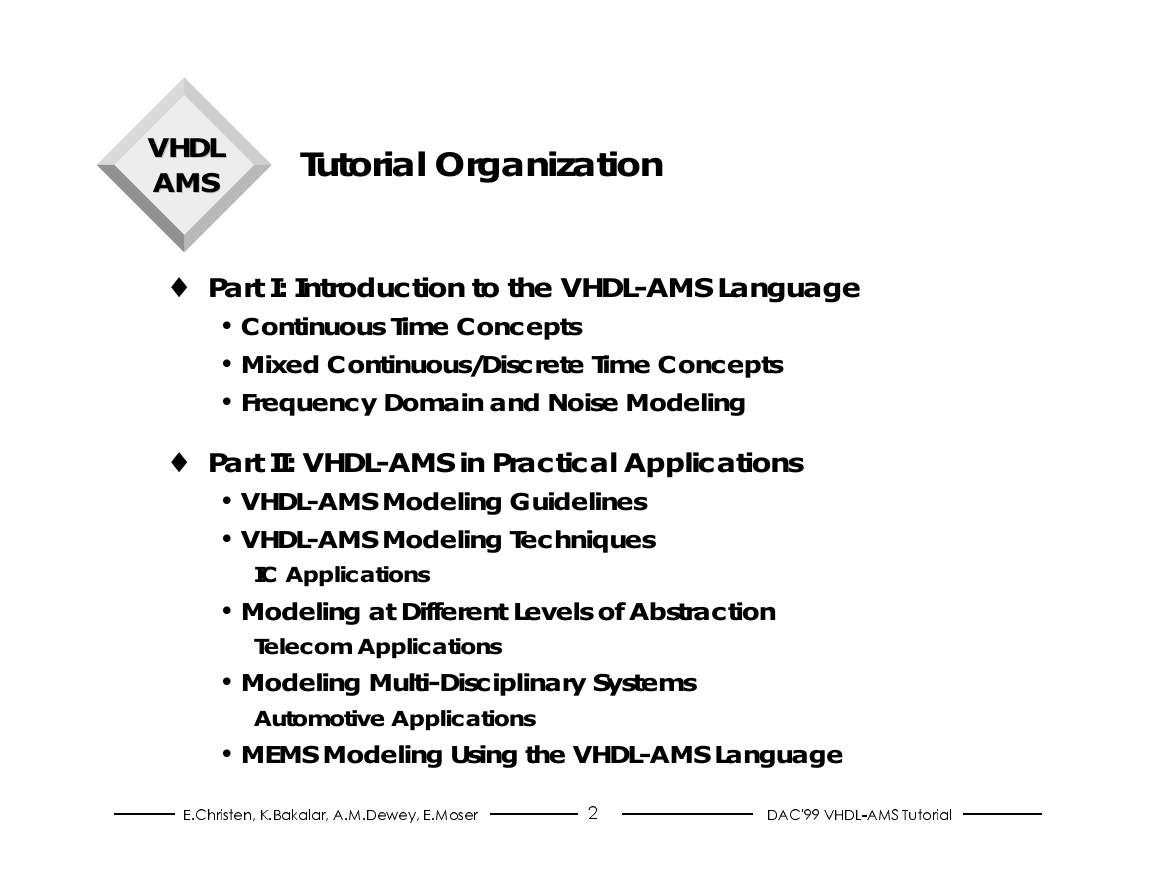

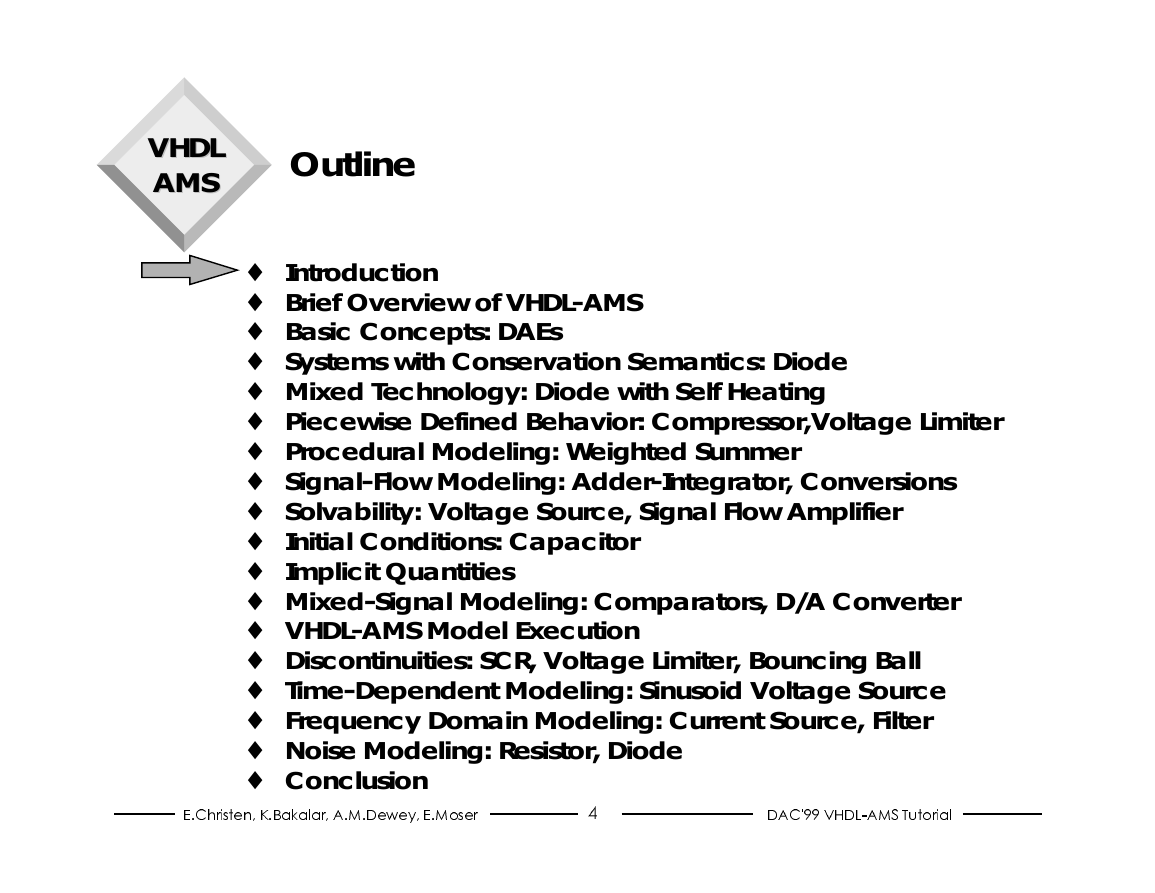
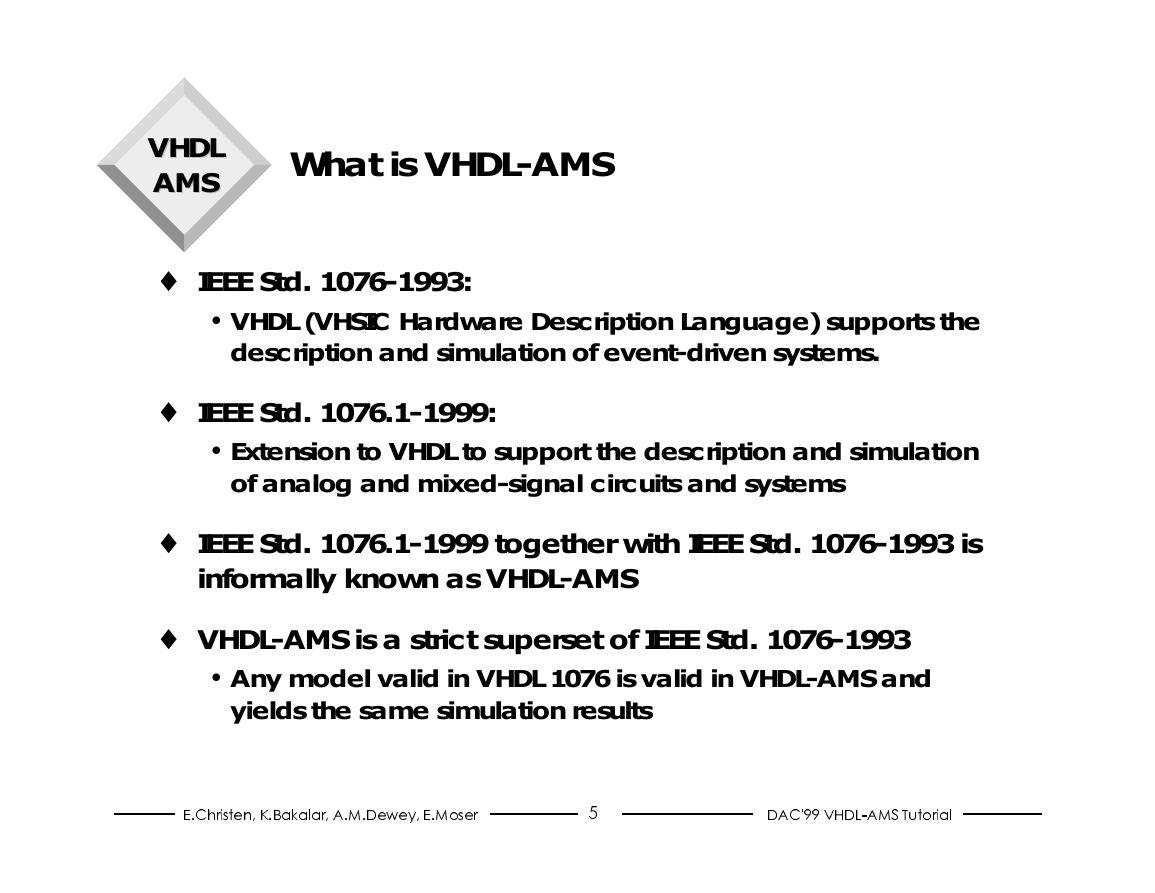
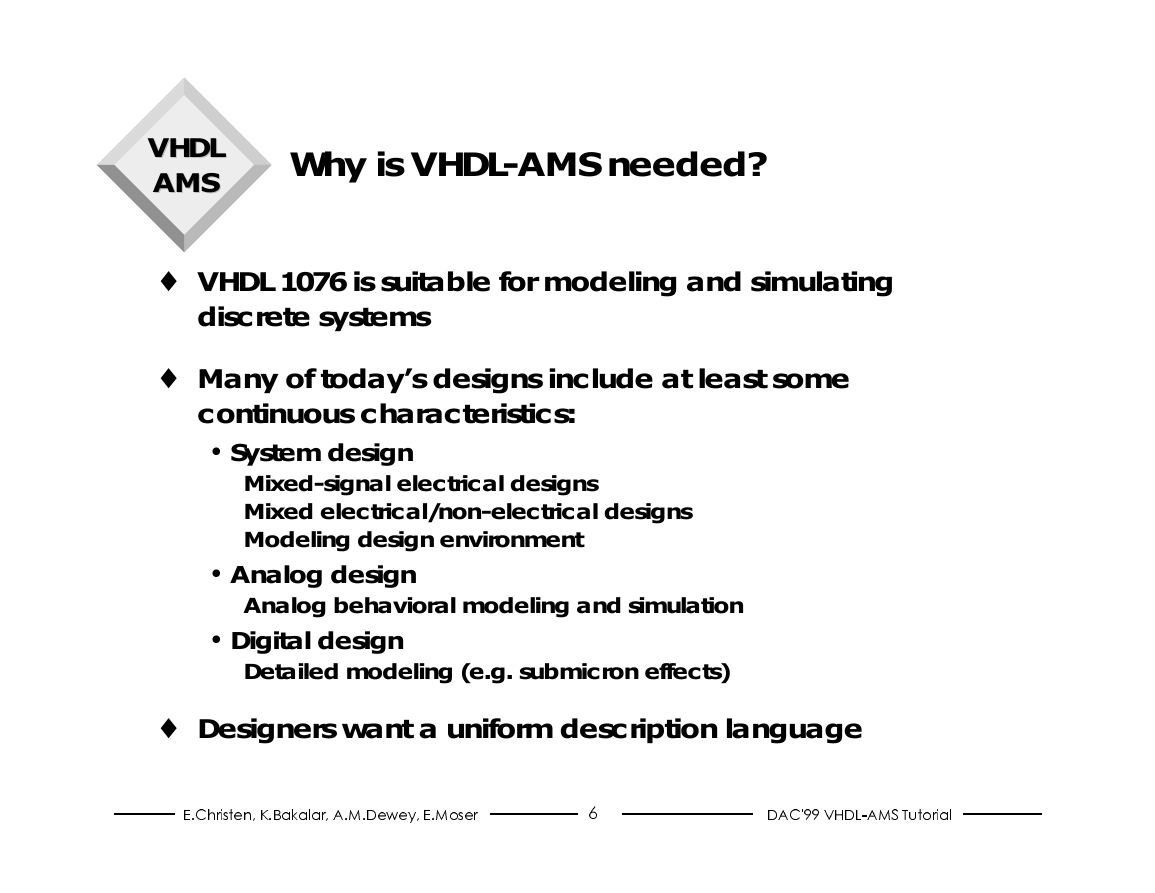
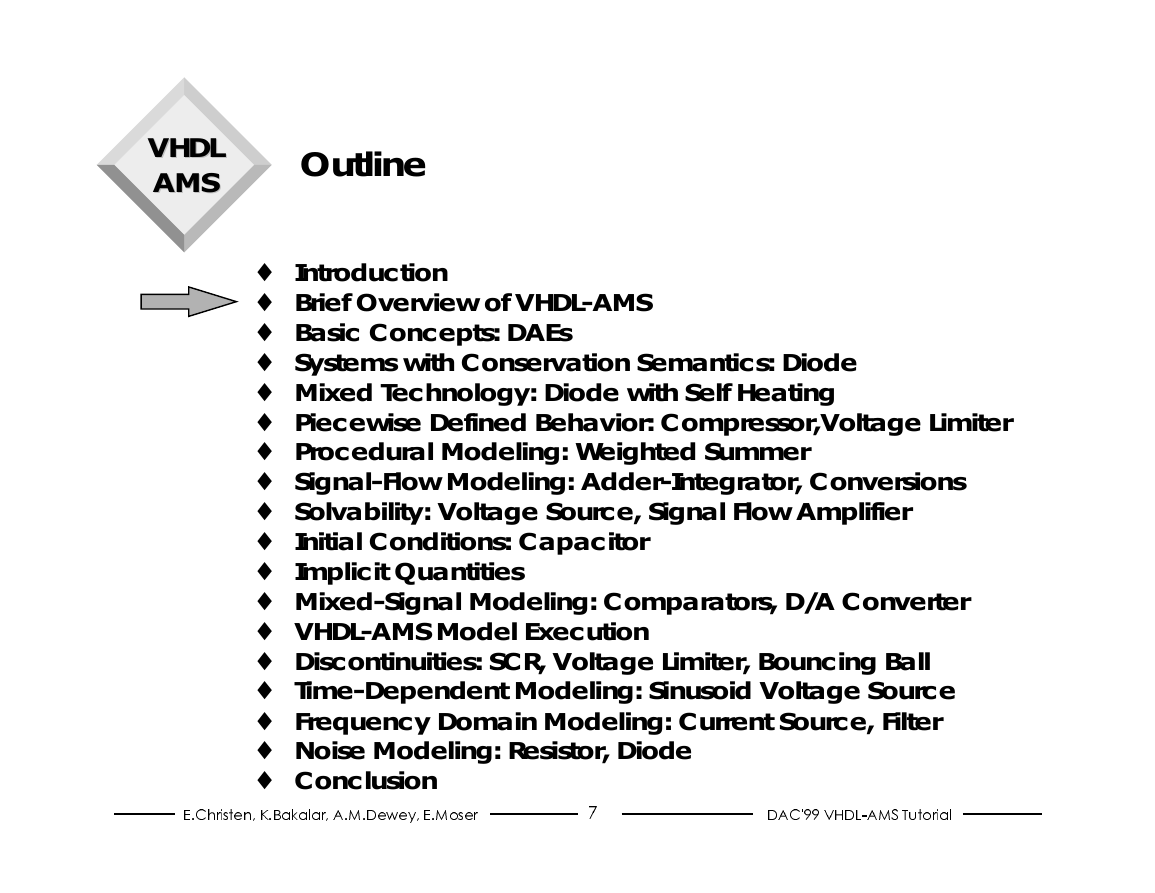
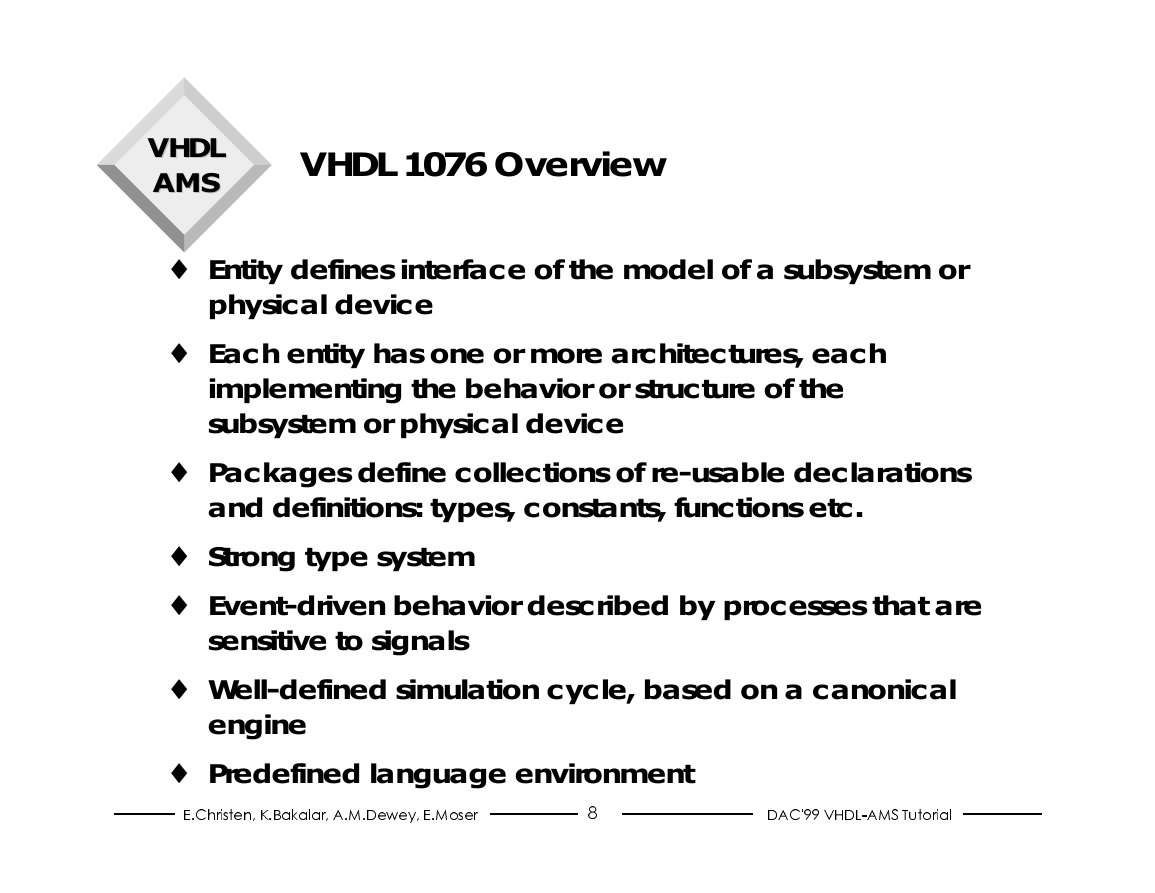








 2023年江西萍乡中考道德与法治真题及答案.doc
2023年江西萍乡中考道德与法治真题及答案.doc 2012年重庆南川中考生物真题及答案.doc
2012年重庆南川中考生物真题及答案.doc 2013年江西师范大学地理学综合及文艺理论基础考研真题.doc
2013年江西师范大学地理学综合及文艺理论基础考研真题.doc 2020年四川甘孜小升初语文真题及答案I卷.doc
2020年四川甘孜小升初语文真题及答案I卷.doc 2020年注册岩土工程师专业基础考试真题及答案.doc
2020年注册岩土工程师专业基础考试真题及答案.doc 2023-2024学年福建省厦门市九年级上学期数学月考试题及答案.doc
2023-2024学年福建省厦门市九年级上学期数学月考试题及答案.doc 2021-2022学年辽宁省沈阳市大东区九年级上学期语文期末试题及答案.doc
2021-2022学年辽宁省沈阳市大东区九年级上学期语文期末试题及答案.doc 2022-2023学年北京东城区初三第一学期物理期末试卷及答案.doc
2022-2023学年北京东城区初三第一学期物理期末试卷及答案.doc 2018上半年江西教师资格初中地理学科知识与教学能力真题及答案.doc
2018上半年江西教师资格初中地理学科知识与教学能力真题及答案.doc 2012年河北国家公务员申论考试真题及答案-省级.doc
2012年河北国家公务员申论考试真题及答案-省级.doc 2020-2021学年江苏省扬州市江都区邵樊片九年级上学期数学第一次质量检测试题及答案.doc
2020-2021学年江苏省扬州市江都区邵樊片九年级上学期数学第一次质量检测试题及答案.doc 2022下半年黑龙江教师资格证中学综合素质真题及答案.doc
2022下半年黑龙江教师资格证中学综合素质真题及答案.doc